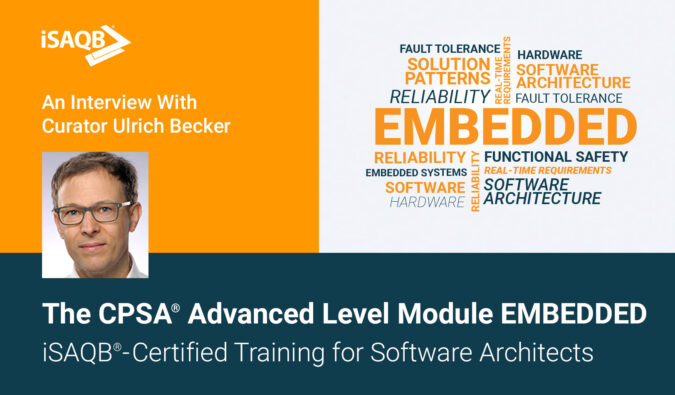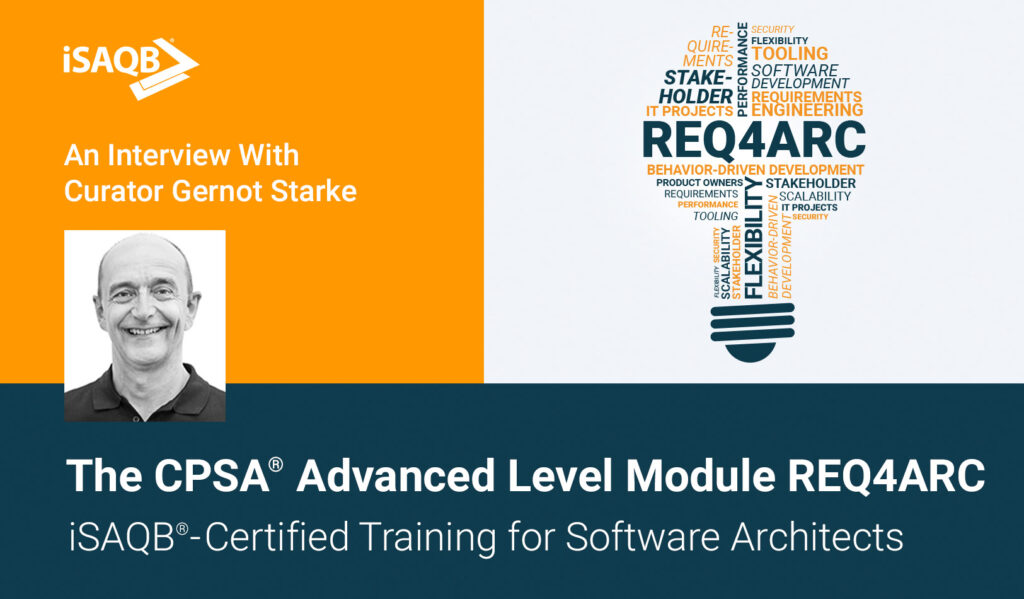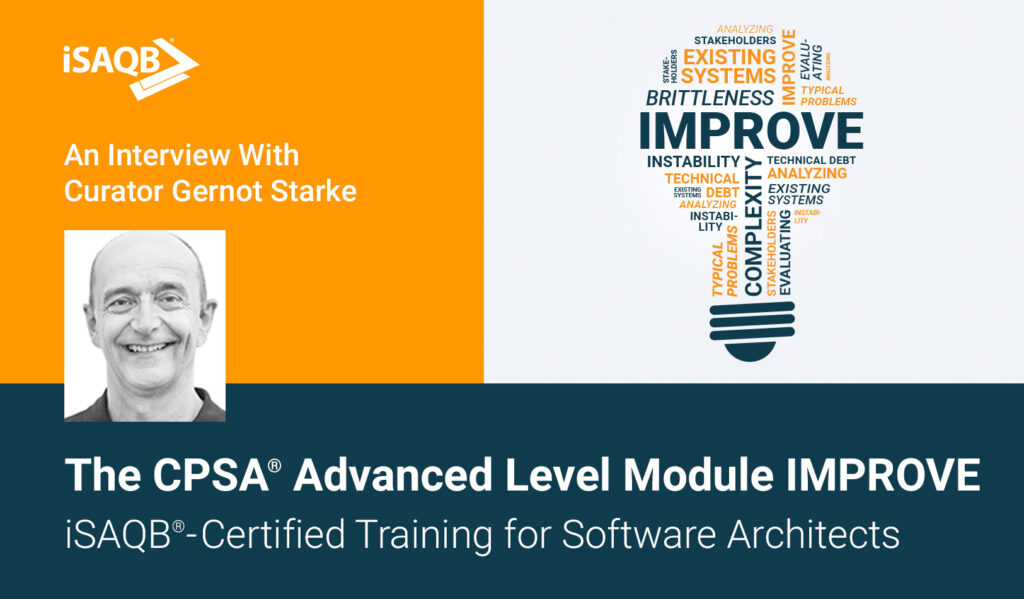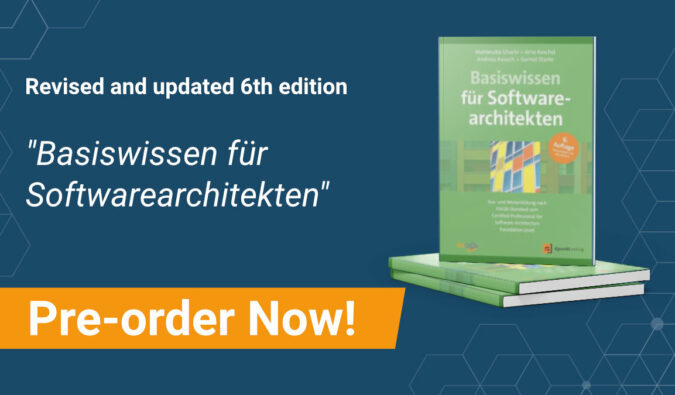Why Should I attend the CPSA® Advanced Training EMBEDDED (Embedded Systems)?
An Interview With Curator Ulrich Becker
The iSAQB’s multi-level CPSA scheme, short for Certified Professional for Software Architecture, is a program of further education. It is aimed at IT professionals who work on solution structures. At Advanced Level, the second step of the CPSA program, participants can choose between 17 modules – and one of them covers the topic of embedded systems.
In order to clarify the content and also intent of the module EMBEDDED, module curator Ulrich Becker took the time to answer some very relevant quesions on this specific CPSA training course.
Is this the right module for me? Which audience does the module EMBEDDED address?
The module is aimed at software architects and developers who wish to learn a systematic and methodical approach to the architectural design of dependable embedded systems. Such systems can be found in the field of automotive control systems, medical devices, or in factory automation, for example.
Which skills do I acquire in this module; what exactly do I learn in this training?
The module teaches a consistent methodical approach to the architectural design of dependable embedded systems. In particular, it covers the key topics of fault tolerance, functional safety, and the handling of hard real-time requirements.
In addition to architectural and design patterns, the module also addresses specific analysis methods that can be used to verify whether the architecture can meet the dependability and real-time requirements. It also covers principles and solution patterns to support adaptable systems and product variants.
Does the training also cover system architecture and hardware related topics, which play an important role in embedded systems?
System architecture cannot be left aside since reliable embedded systems should be developed with a holistic approach to systems engineering – the close collaboration of the disciplines of system development, software development, and hardware development is a key success factor.
Fault tolerance and functional safety are good examples here: Goals can only be achieved through the interaction of measures in software and hardware.
The module EMBEDDED addresses this by considering both the integration of software architecture design into the overall system development and the influences between system, software, and hardware design in an integrated approach. However, the focus of the solution patterns clearly lies in software architecture.
How is the EMBEDDED training course relevant for my professional practice as a software architect?
The module teaches a methodically sound approach to designing the software architecture for dependable embedded systems and includes the cooperation with system and hardware development.
The training consistently shows how architectural decisions and solution concepts are derived from the dependability requirements and how analysis methods provide early and continuous feedback on the architectural design.
You would like to learn more about the CPSA Advanced Level module EMBEDDED? Please visit the EMBEDDED module web page.
You would rather find and book a suitable EMBEDDED training course right away? Then check out our training calendar.
Share this article:
Related Posts
About the Author














